Sketch
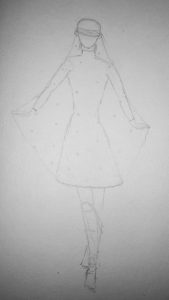
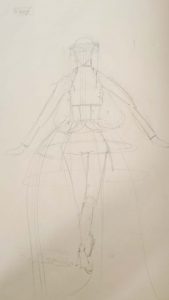
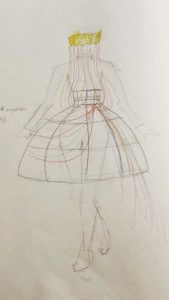
Skirt Volume Prototype
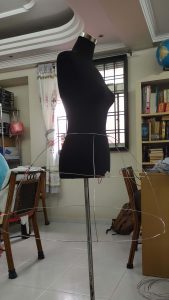
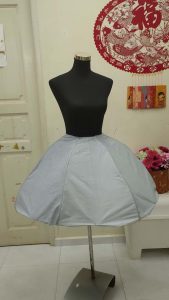
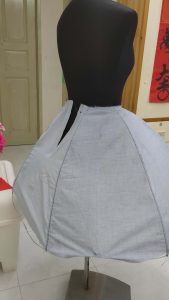
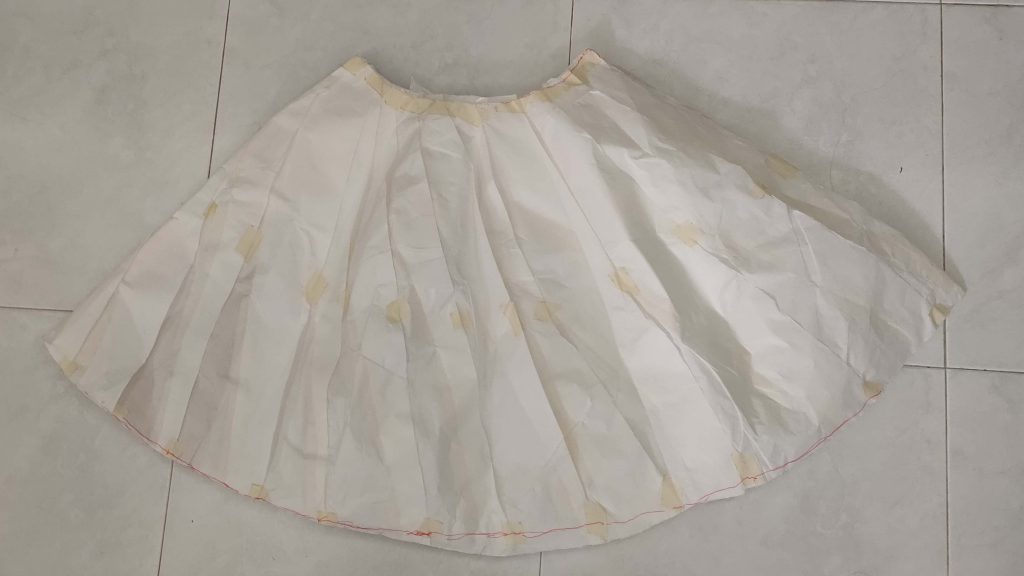
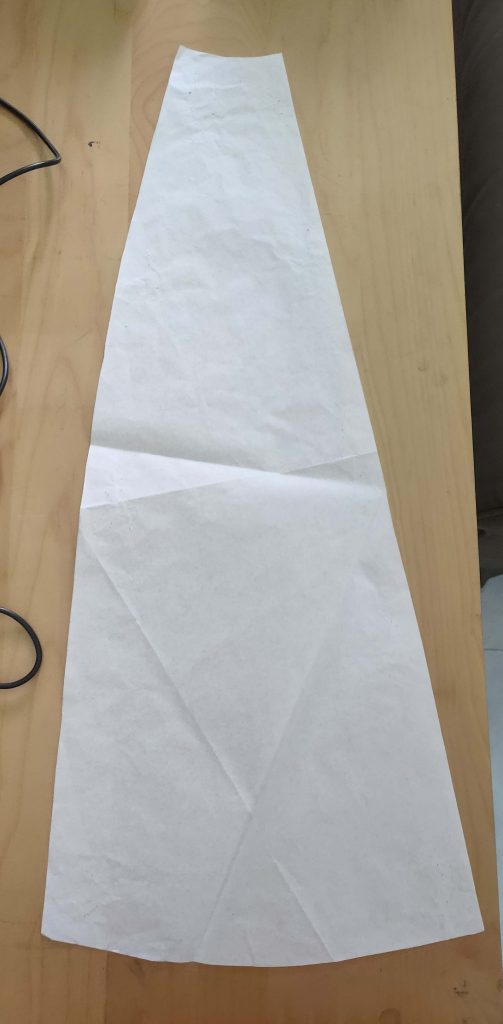
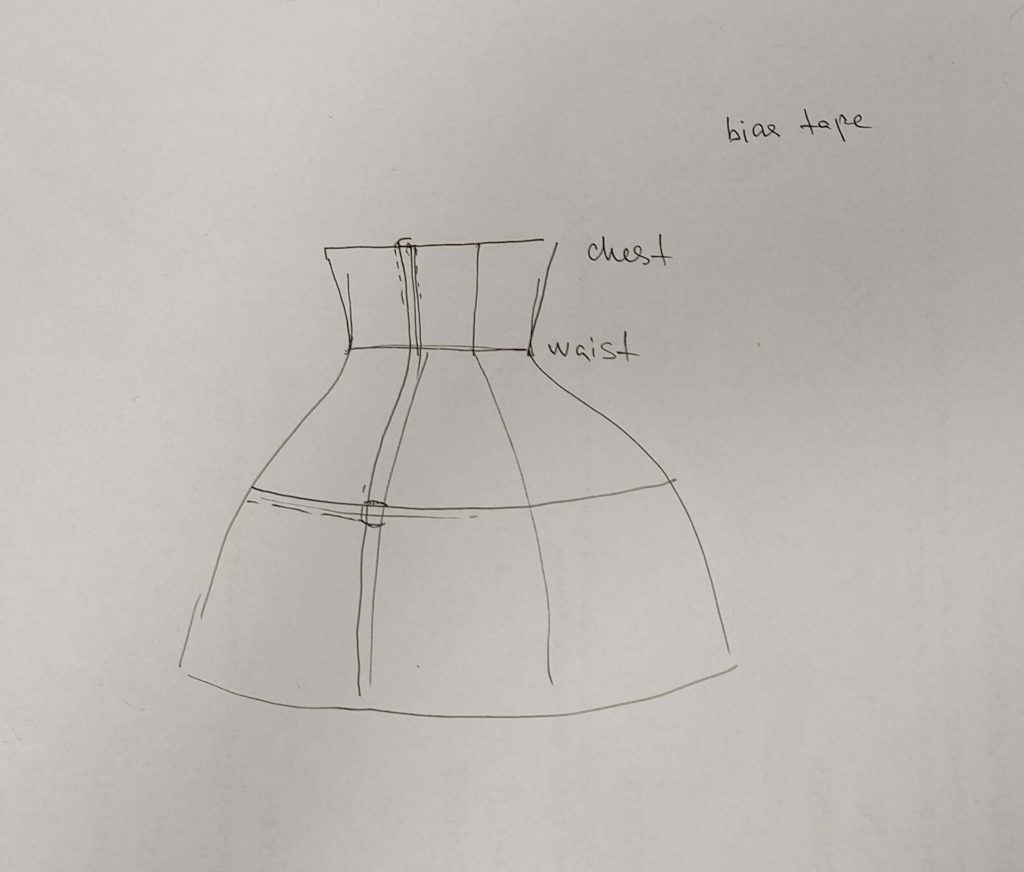
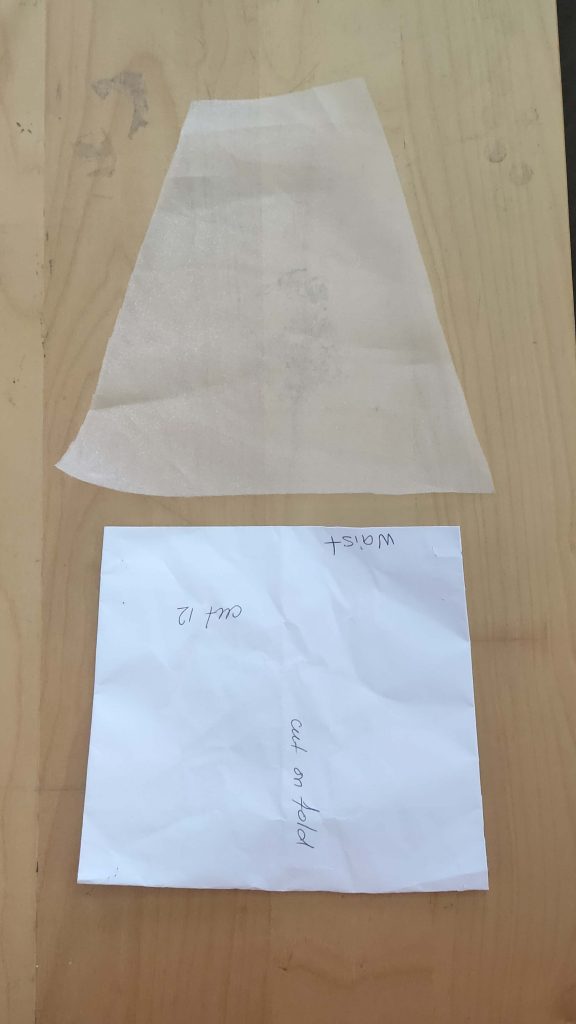
Some Skirt Construction
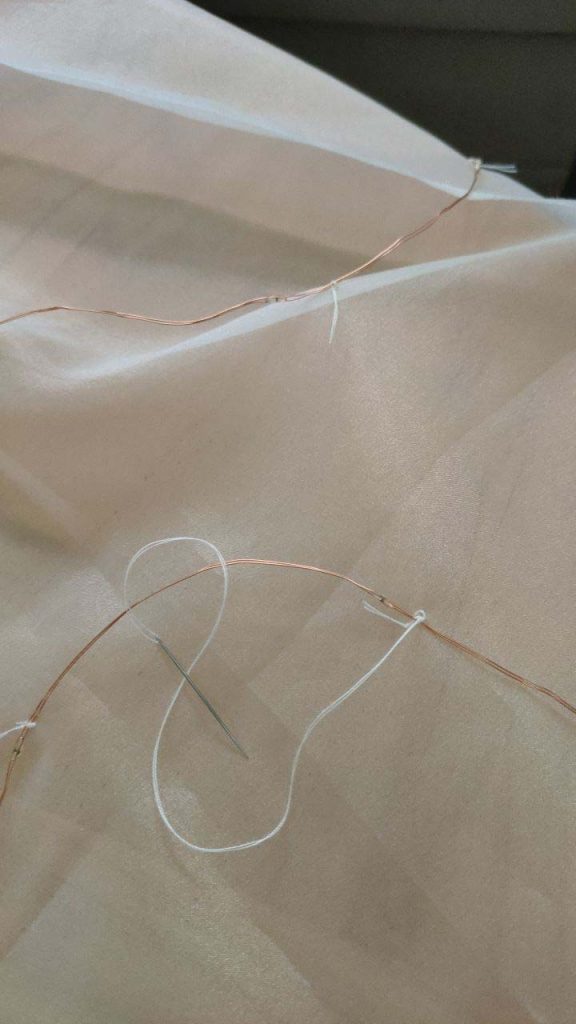
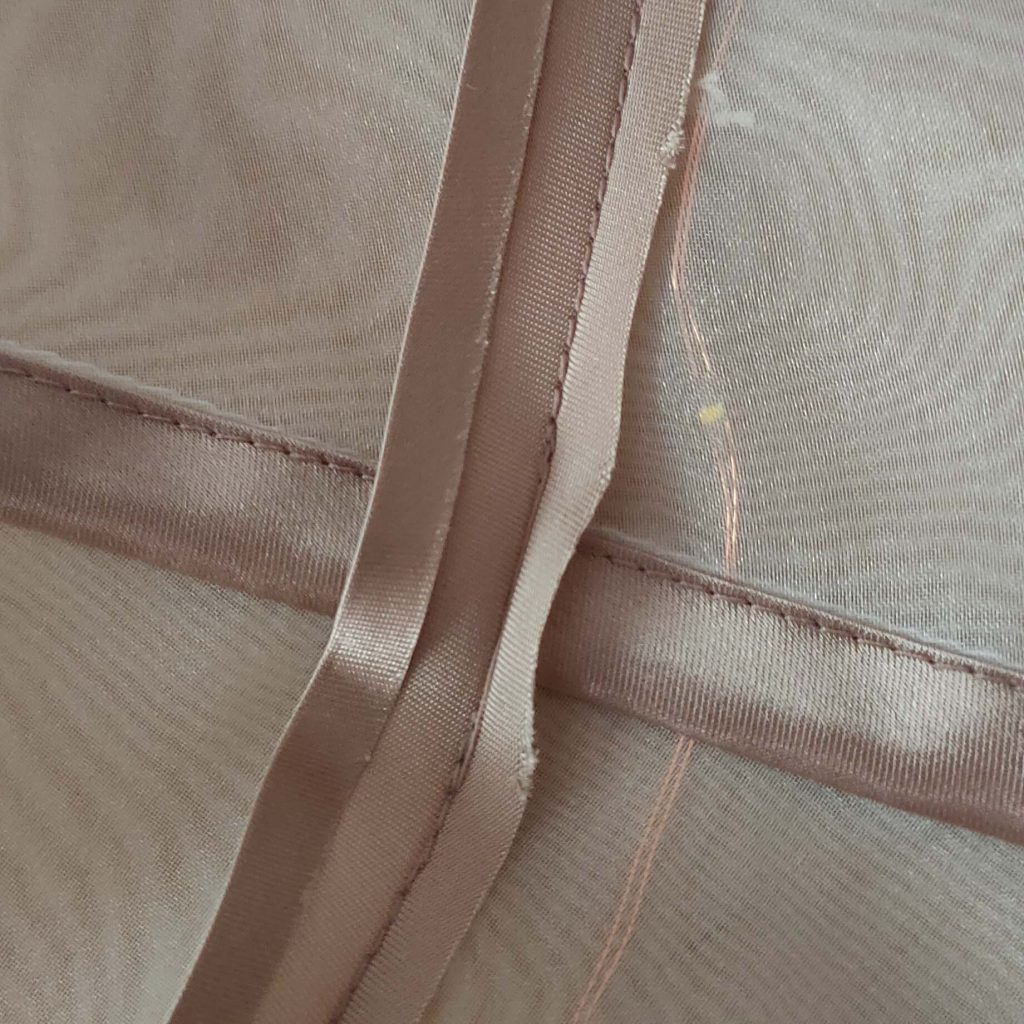
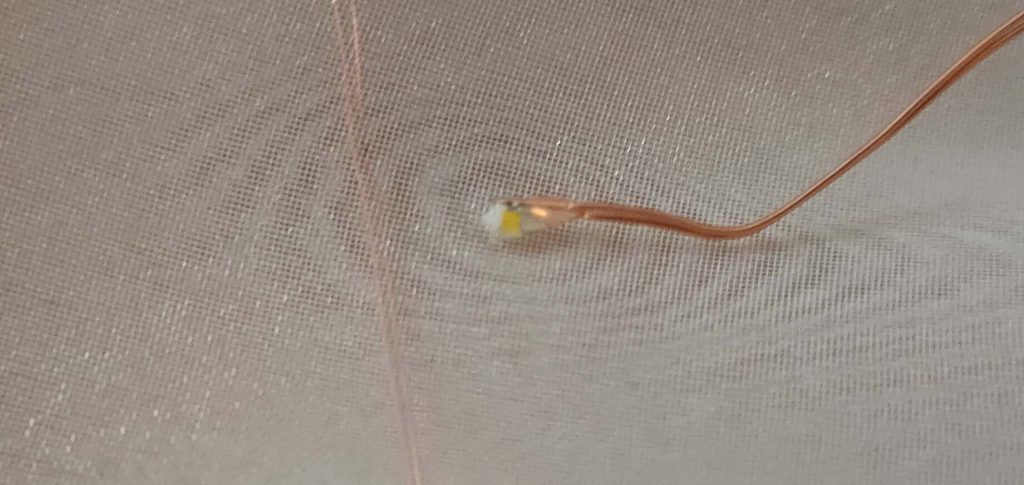
Hand-Crochet Fringe
Tutorial here: https://howdidyoumakethis.com/custom-fringe/
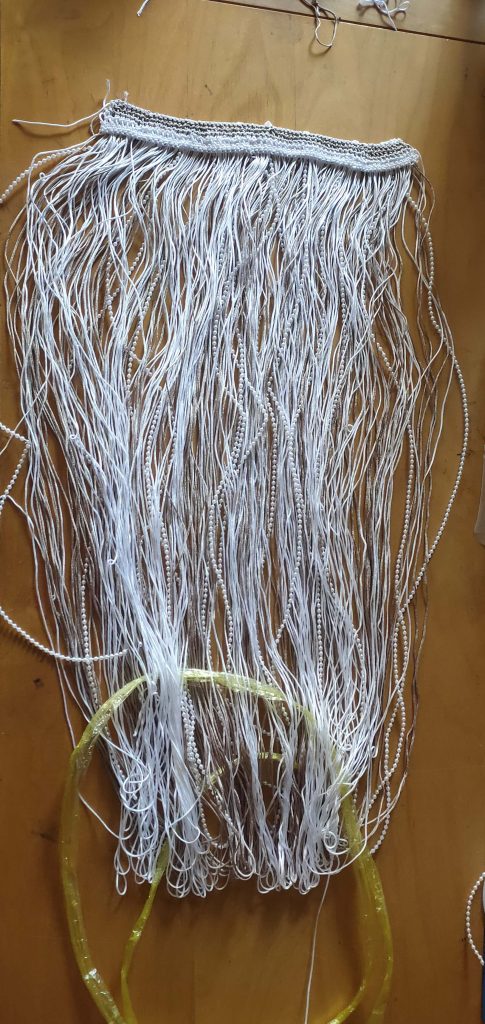
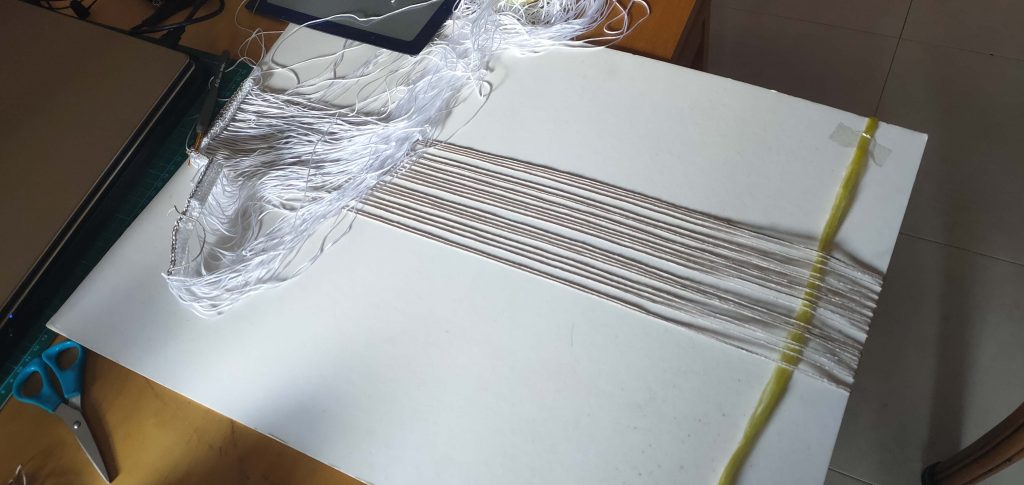
Tech Construction
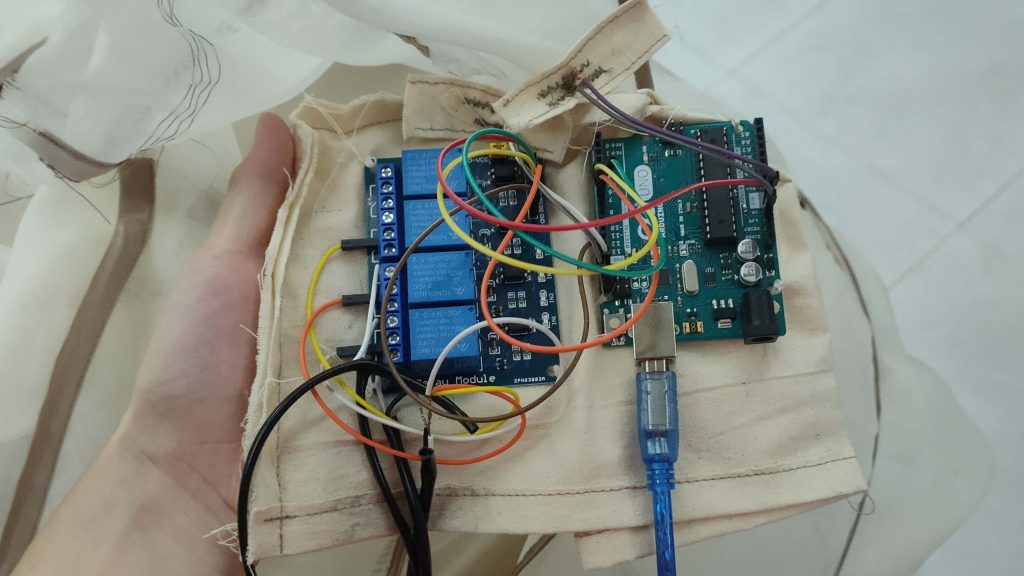
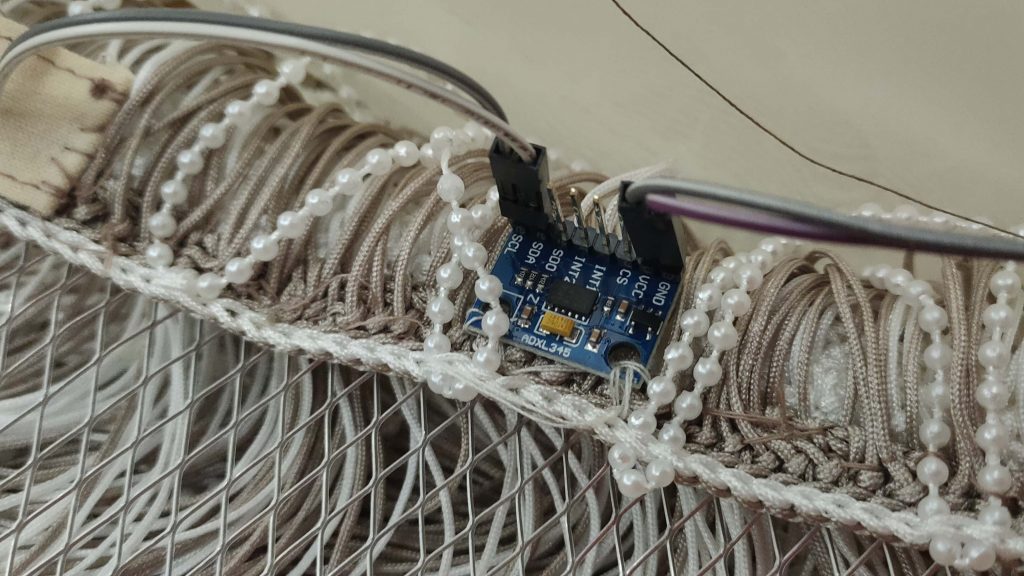
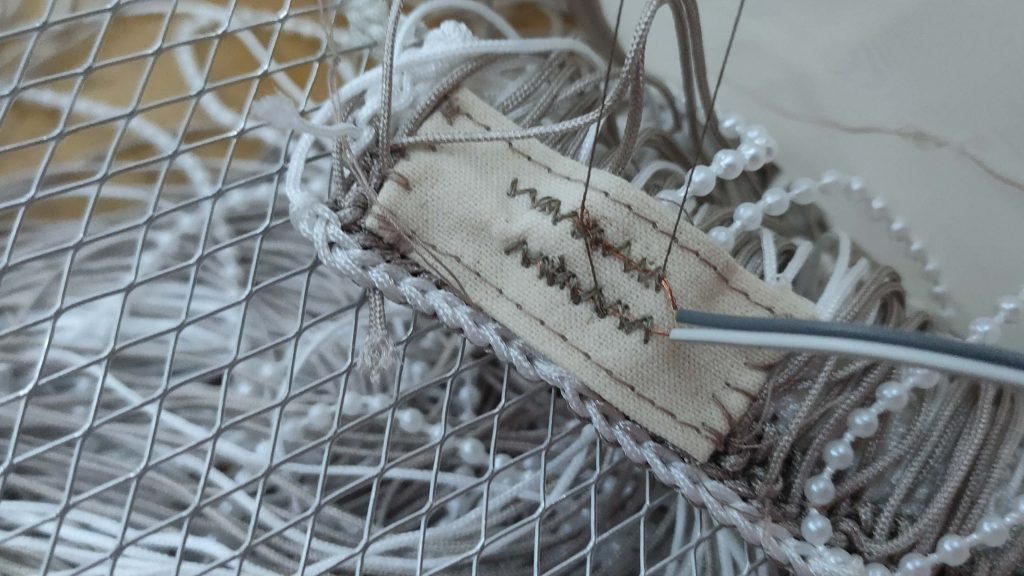
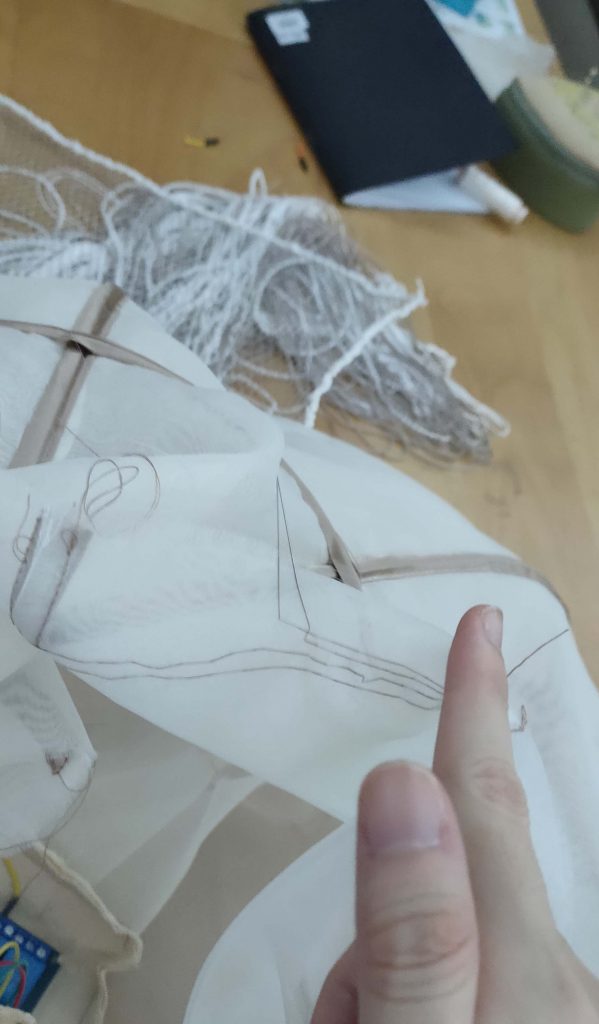
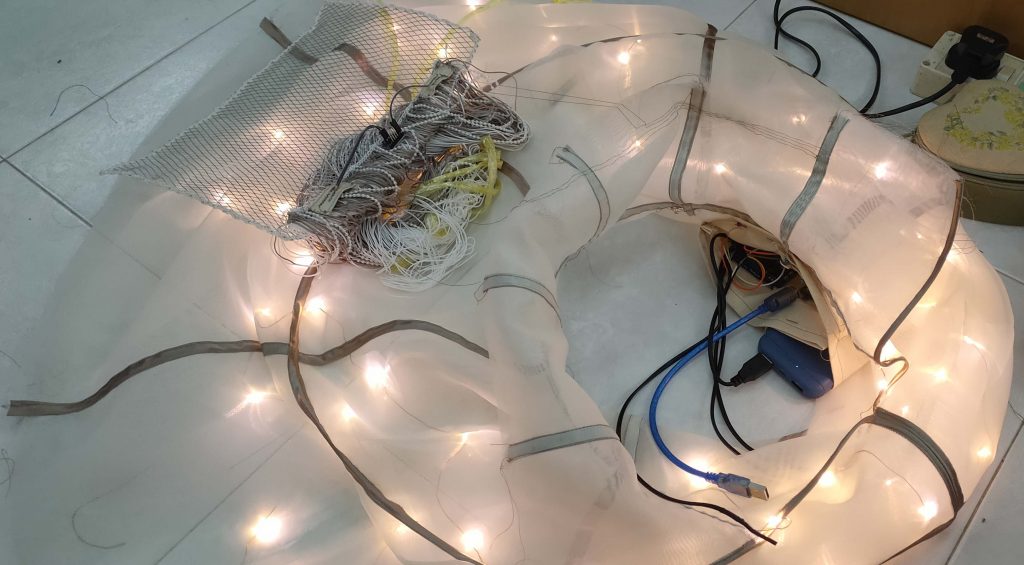
Prev: Moodboard
Welcome to my blog!













Tutorial here: https://howdidyoumakethis.com/custom-fringe/







Prev: Moodboard
Concept
Identity is an elusive concept. It is a thing that presumably everyone should possess; to know who and what they are. But if there is no singularity in a person’s identity then which is the true you? Under French Psychoanalyst, Jacques Lacan’s theory – The Mirror Stage, describes a scenario where a baby meets its own reflection for the first time. That is when it discovers itself, recognizing ‘me’ to be different from the objects in its surroundings. The discovery is centered around desire which is directed outside. Thus, “The not you, are a fundamental part of you.”
IN/EX draws inspiration from the mirror-ing and fluctuation of desires. The idea is mainly translated in the tech part whereby following the sight of the wearer, the exterior is reflected within, in the illuminated skirt. The veil and transparency of the garment is meant to represent the husk of the human appearance that is influenced by external happenings. The face of the mask is best to be covered with reflective elements for the mirror-ing aspect but when attempted it seemed to overpower just the mask and I intend to scatter some around the skirt to bring some balance to the work.
‘Final’
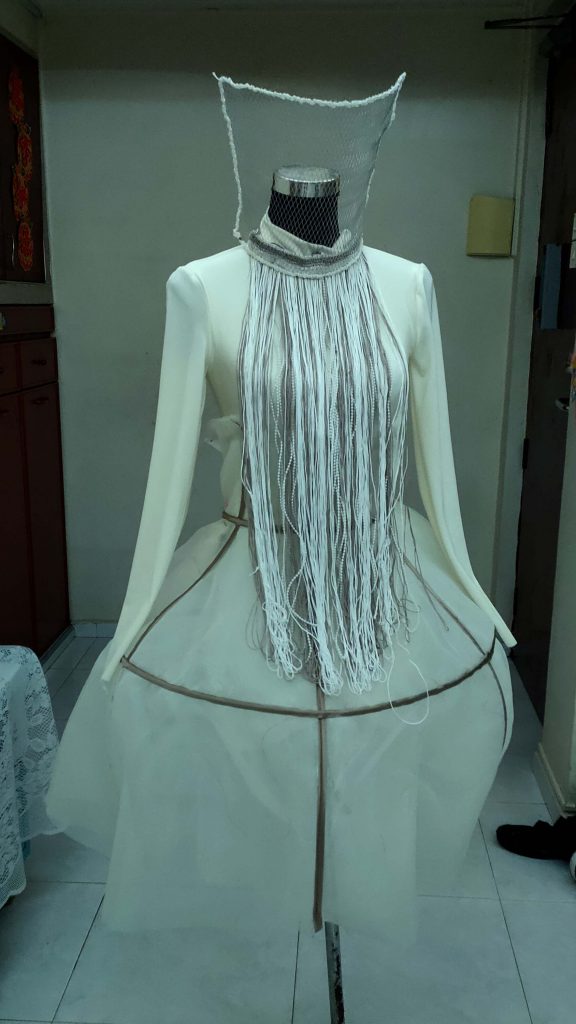
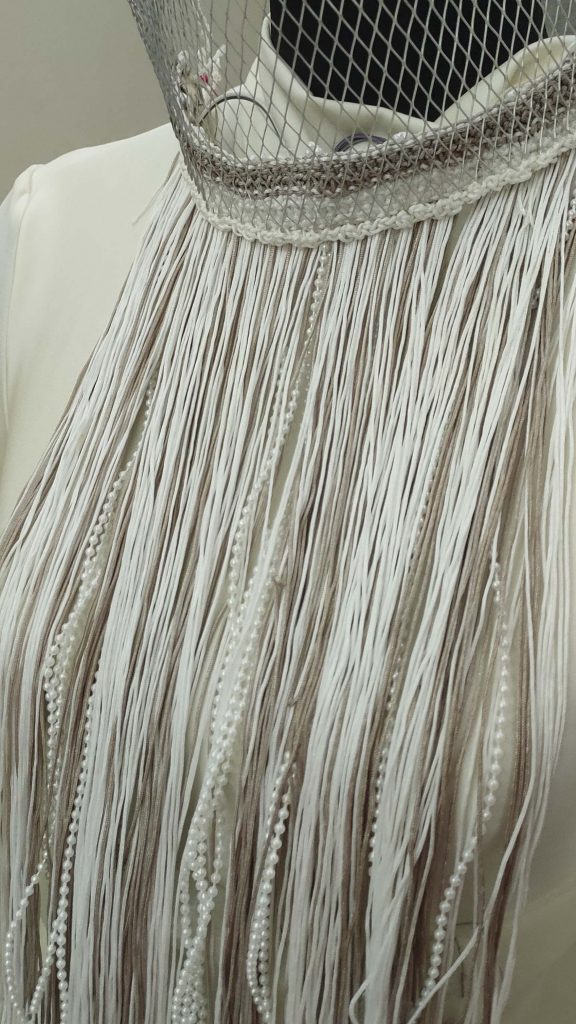
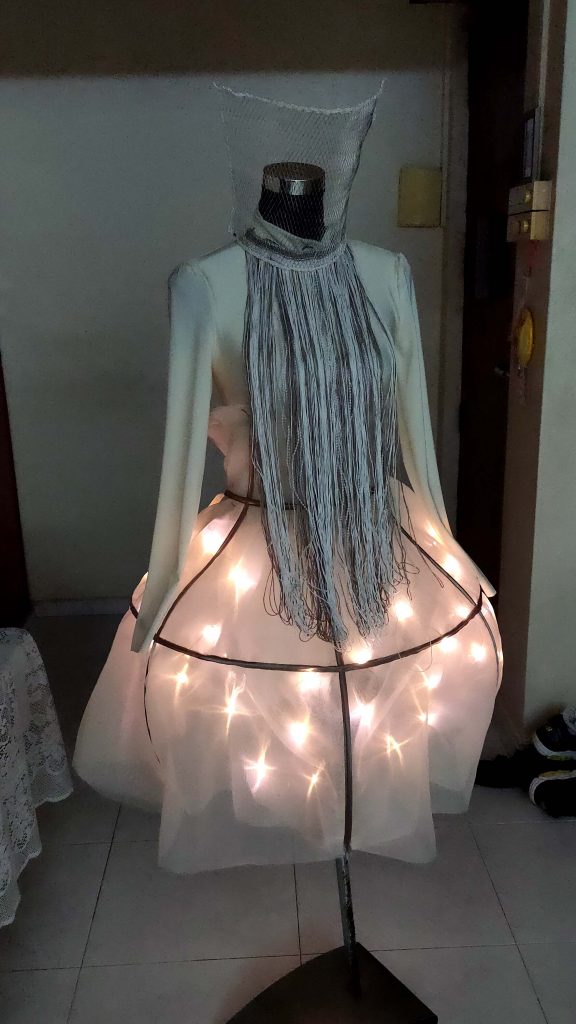
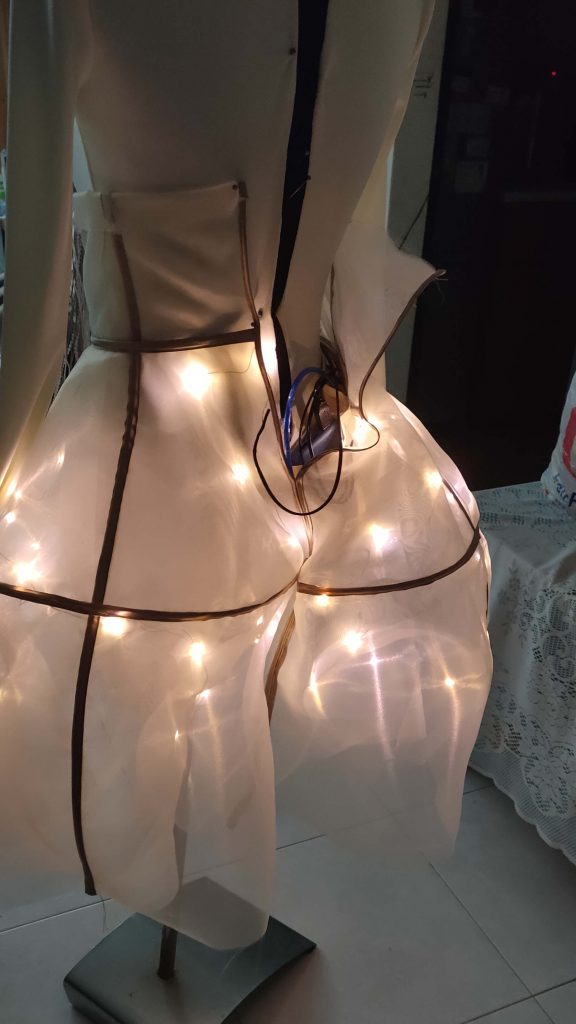
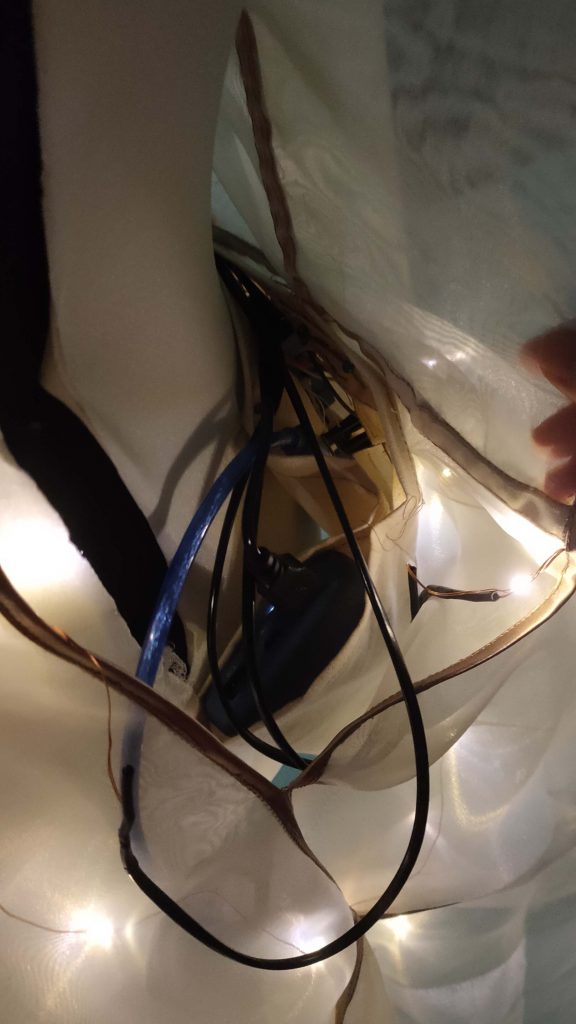
Tech
Fashion Show Role & Contribution
I was one of the two that were going to handle the music for the fashion show. Unfortunately, I was not present for the last lesson and am not sure if anything about the themes were discussed. But I wanted to create soundscapes tailored for each garment to bring them into spatial realm. Perhaps cyberpunk inspired.
Prev: Process
ABSTRACT
The topic started with the COVID in its infancy, when it was still the WuHan virus. There was a lot of anger around because of the unhygienic wildlife dishes served in China, that was the speculated cause of the pandemic. It is a reasonable reaction but also a hypocritical one. Sure their exotic diet ended up killing 200 000 people within the span but an average diet is no where not as safe as you believe.
In efforts to limit global warming to 1.5 degrees above pre-industrial levels by 2050, a global goal made under the International Paris Agreement in 2015, global consumption of food especially meat and other animal products need to be reduced by more than 50% of what is consumed today.
More than 45% of the Earth’s land surface are cleared woodland used to raise livestock and on top of that, cattle farming produce large amounts of methane contributing to almost a quarter of all greenhouse gas emissions.
The best diet out there is actually a vegetarian diet and by switching to less carbon intensive or alternative, an individual’s carbon footprint can be greatly reduced to up to 96%.
PRODUCT
A promotional activity for sustainable dining in the form of a Self-ordering Kiosk/phone application.
The final design retains my original intention to redefine how we eat, I decided to focus on the thought process of making meal decisions, imagining it to be part of a larger exhibition or campaign by any sustainable food activist organisation e.g. Quorn, IMPOSSIBLE or IPCC (short for the Intergovernmental Panel on Climate Change under the UN) etc.
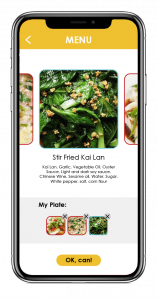
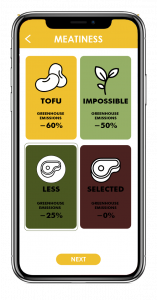
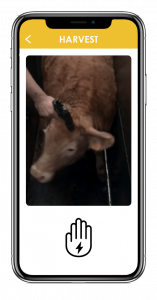

Prev: https://oss.adm.ntu.edu.sg/ytan149/sustainable-food-supply-prototype/
Reflection:
The most difficult task was to make the audience more aware of the impact of their choices and that emotional aspect to care is collectively agreed to be through guilt.
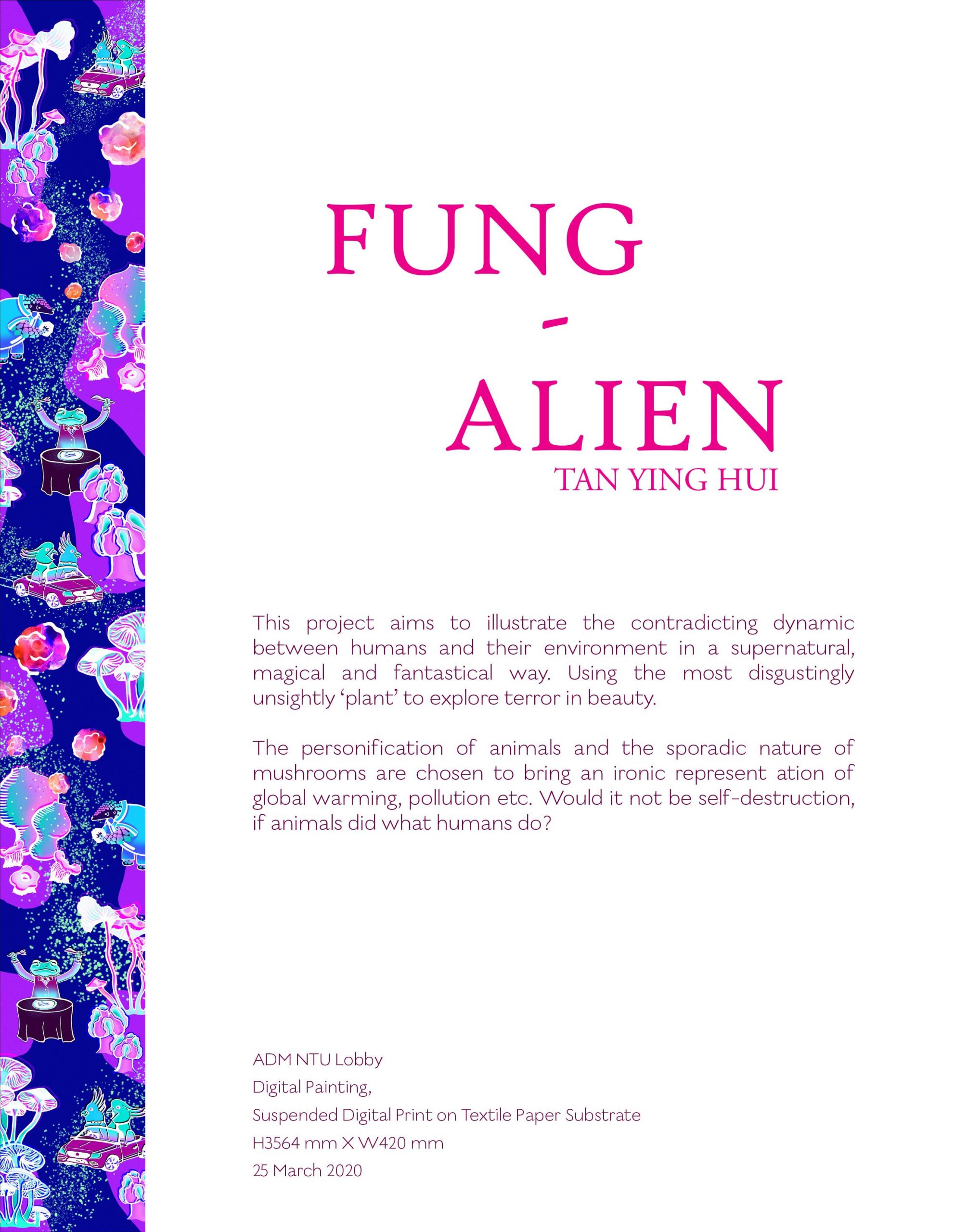
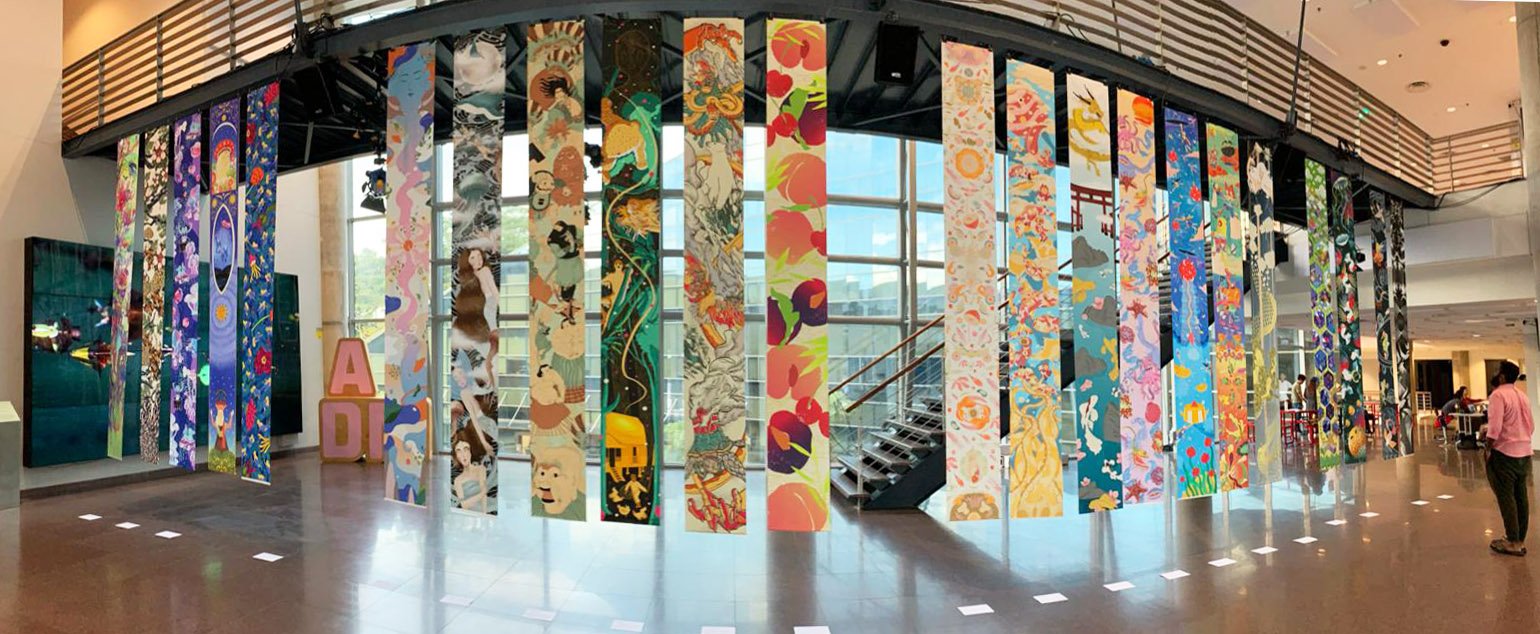

3840 x 480 pixels
LED 15m by 2m
North Spine Plaza Media Art Nexus
NTU Singapore
Date to be confirmed
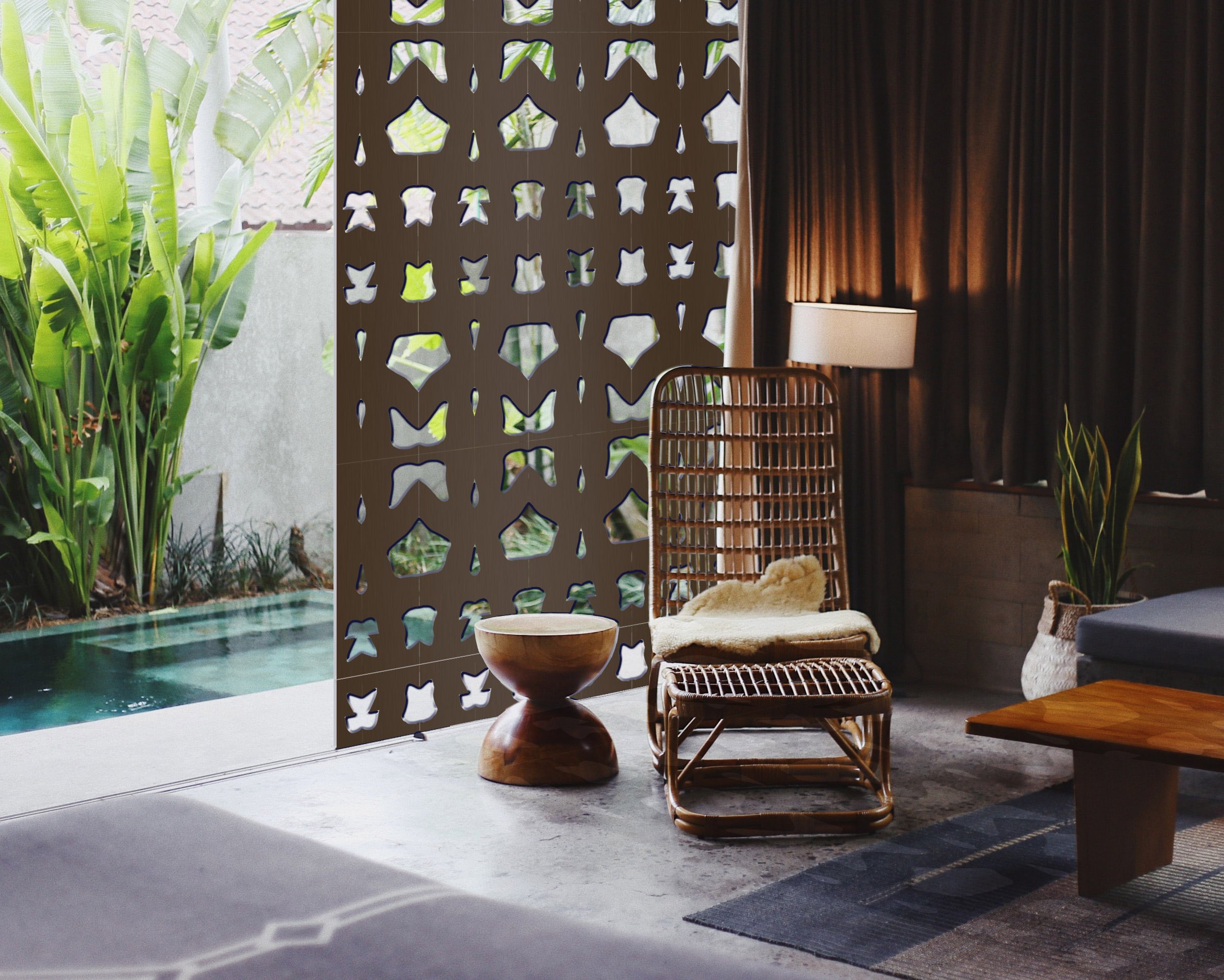
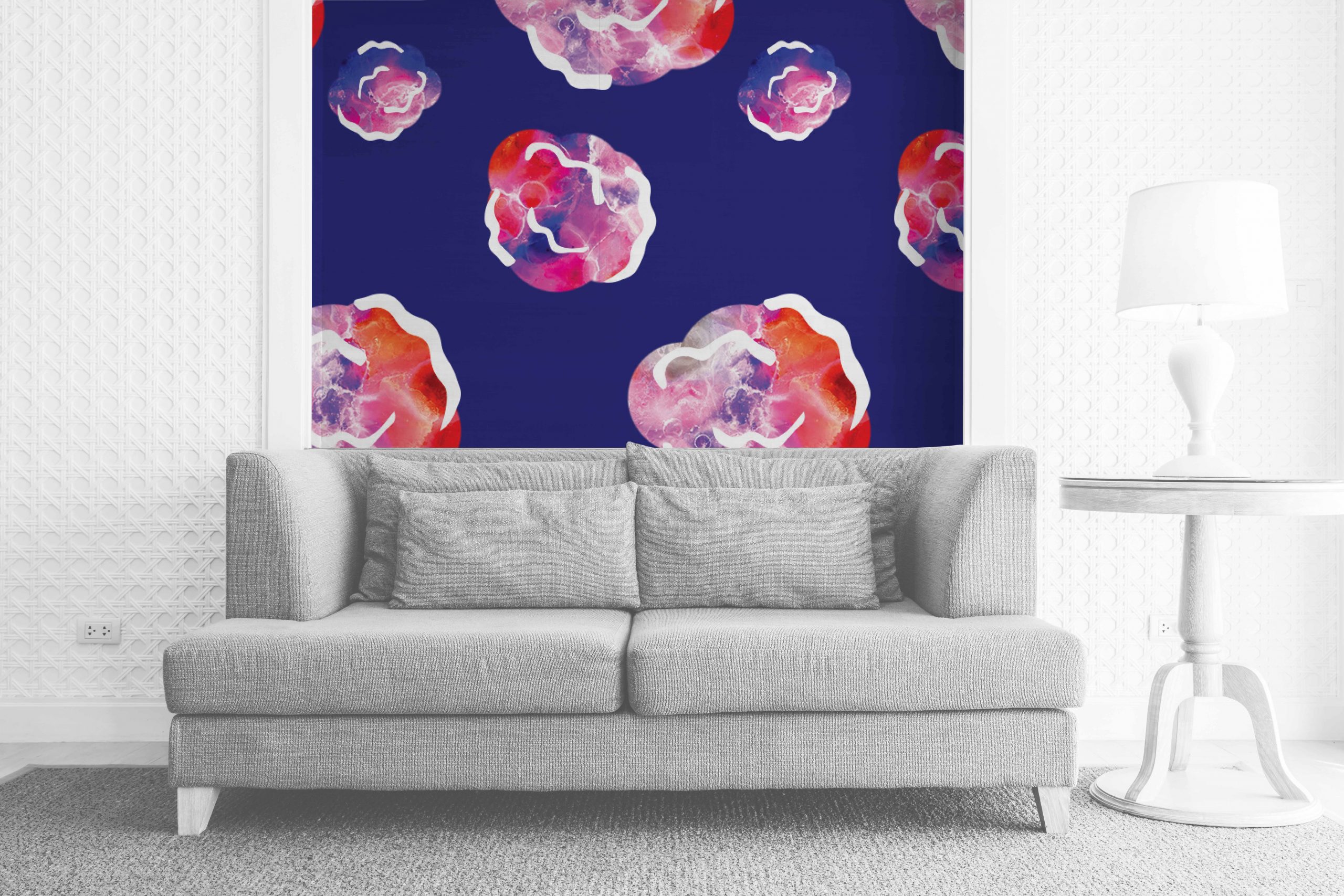
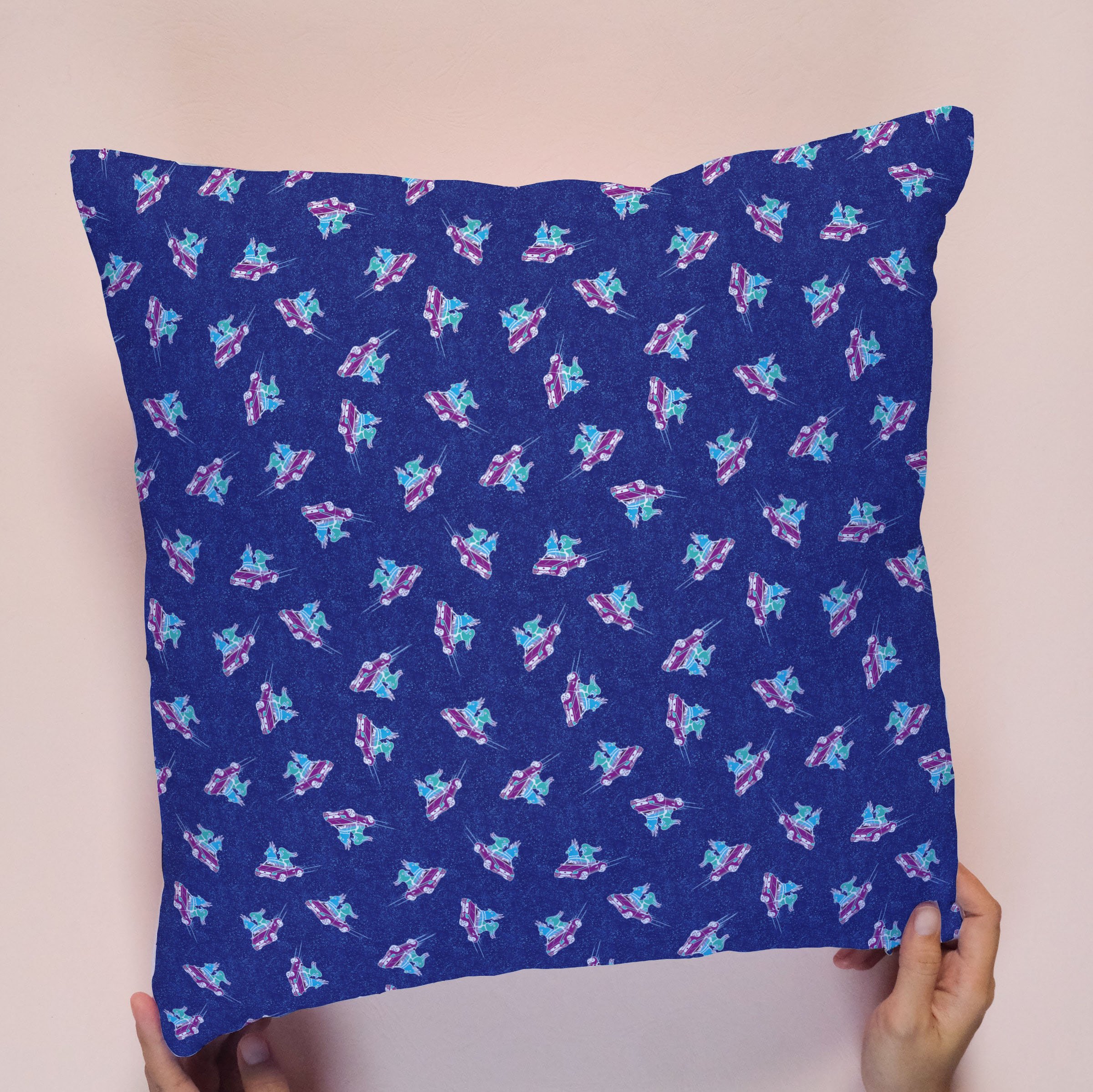
Topic: Singaporean Chinese Ethnic Identity
Culture is an ever-changing phenomenon, morphing at every major event in human history. Singapore being an amalgamation of multiple races is a epitome of diaspora; a hot-spot for culture integration. 50+ years down the road, Chinese culture in Singapore seems to have become ‘endangered’ as a distinct gap in ethnic identity between the younger and older generation is formed due to heavy western influences.
E.g. Speak Good English Campaign, Simplified general Culture education for multi-racial community etc
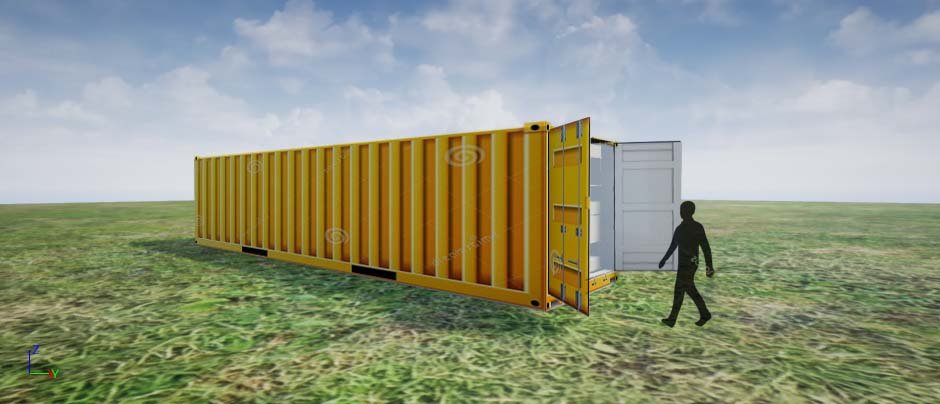
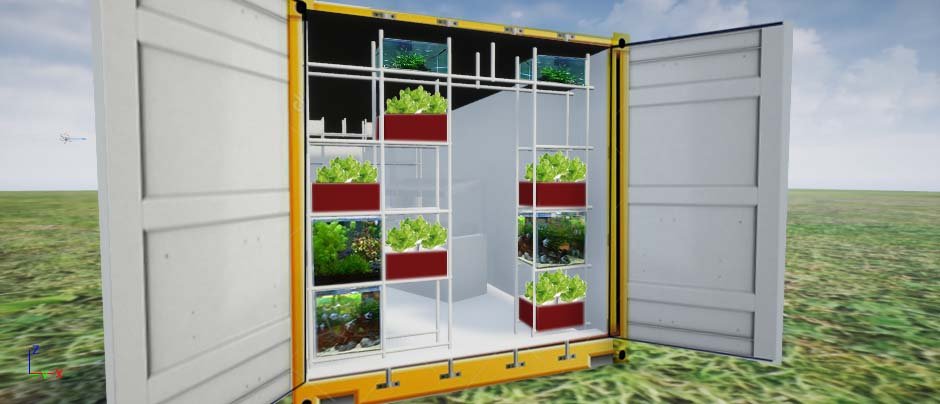
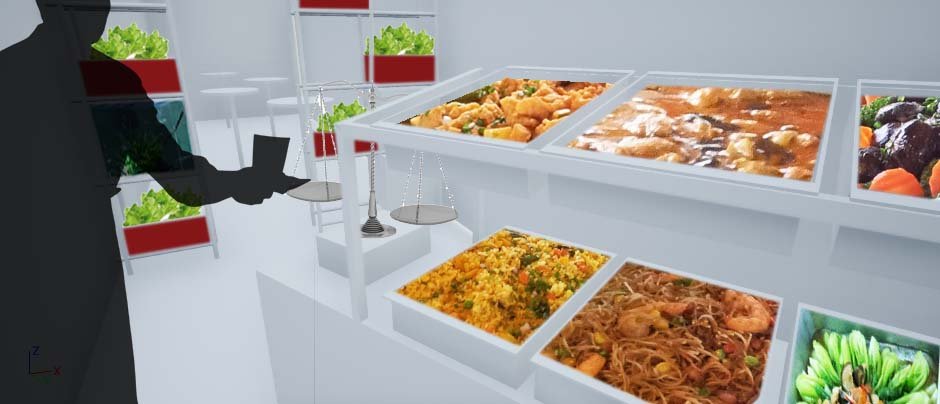
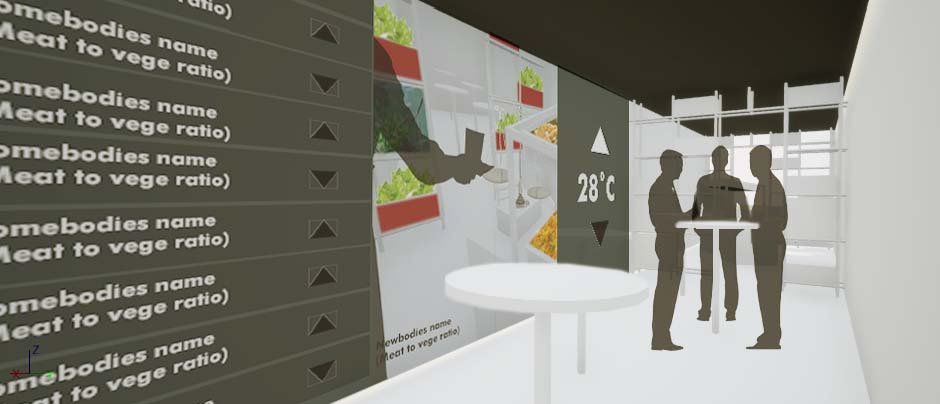
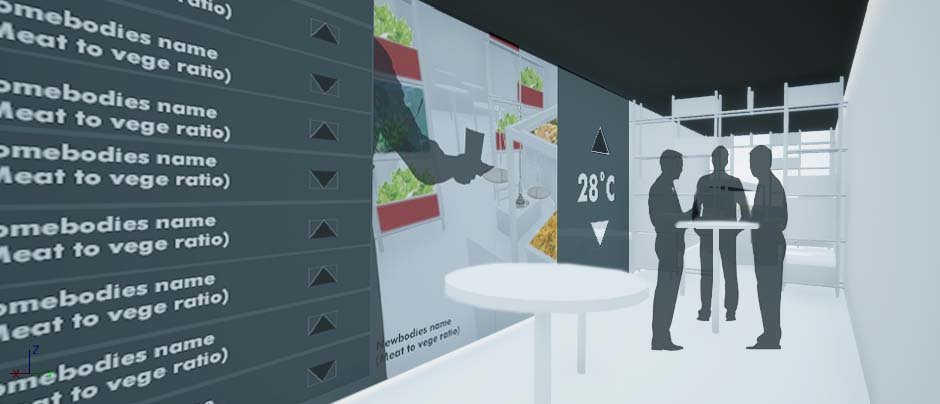
(So I only just saw the email and found out that this was an assignment was due on 28th Feb and am almost two weeks overdue…Oops)
Project management as I perceived, after the reading is requires an overwhelming lot of work and considerations. What a painstaking role! Almost every minute detail needs the attention of the PM, even things like the tone of authority or the feelings of the workers and their well being. That is not bad it is just impressive effort. The job entails more than completing the project but also establishes good work ethic which blows the assumption that being a designer is an exhausting-never-resting occupation.
The reading proposals some structures that help with planning such as the 6 goals and responsibilities. It is a simple list to keep track of the several tasks and check on whether the plan will be successful. I think this may be helpful when being a solo one-man show where the designer handles the entire project on their own. The reading made a point to remind us that, despite juggling multiple roles, the primary goals of the project management should not be dismissed. I was listening to a podcast interview of one of my favourite artist and she mentioned that being a freelancer is 50% art 50% business. Project managing is part of that latter percentage and plays a significant role in sustaining the business. As a creative, we must not get too caught up with the artwork but instead seek a balance for commercial work. If its your own personal work, it is fine to keep going back and refining every little thing. But if the work is for a client and money is involve, the artwork is only part of which they are paying you for.
The Six goals:
1. To reach the end of the project
2. To reach the end on budget
3. To reach the end on time
4. To reach the end safely
5. To reach the end error-free
6. To reach the end meeting everyone’s expectations
Alan Lakein’s quote “Failing to plan is planning to fail.” is pretty assertive but I agree. Throughout the years, I have found that I am a bad planner. My plans are more often than not messy and disorganized, or rather I planned them but am unable to produce as planned. The reading introduces iterative diagrams such as the fishbone which may help in more systematic approaches. The advise of being a generalist and understanding the work well enoguh to plan properly. Then again I am still at the experimenting everything stage and every new project is a new experience.
The financial side of project management is the most stressful, anything, as long as money is involve is stressful. I got into disagreement and trouble for it a couple of times and it was not fun. Lastly, I think the part about making sure the assignments are specific in terms of objective, duration and level of effort is really useful for self-motivation in not only commercial work but personal projects as well.
So my favourite interactive installation seen from the visit to the National Museum is, predictably, Story of the forest by TeamLab. The immersive installation animates 69 antique drawings from William Farquhar Collection of Natural History Drawings, commissioned in the 19th Century documenting the flora and fauna within the local region. It starts off with a stunning petaled rain, captivating the audience from the start; an immediate overhaul over your sense of space with simply sound and visual. The black background, like a reversed abyss, made the dome interior larger than it seemed. It was beautiful, however the 3D effect does cause some dizziness. I, myself, stumbled a little crossing the bridge.
The second part of the installation was a the animated wildlife projection along a spiral walkway that wrapped around the Rotunda. I think the site really works for the idea of gradual time progression from day to night. It is unnoticeable that time has ‘passed’ until you enter the night. Regardless of the floating flowers, it was a smoother, more natural experience than the bridge.
The installation ends at the bottom of the dome, underneath the bridge that was part one. Back to the raining flowers but this time, perhaps due to the proximity, my footing felt more stable. The viewing was also more relaxed, one does not need to strained the neck to view the projection in all its glory. We were invited to lie down, a rather soothing therapeutic moment we had as a class.
The slight fantastical theme, though strays from the argument for authenticity and mission to educate, the matter is not of significance. The National Museum had a separate exhibit displaying the real drawings with full descriptions along with scent specimens for that purpose. The magical aesthetic, here, plays as an element to intrigue.
The only setback of the installation, for me, is that it is segmented by blackout curtains. Understandably necessary and disruptive at the same time, that is why I praise the fluidity of the second part. Like curator Ismail had said, the lack of hint in continuation led many visitors to end their visit prematurely. The projections are flawless in visual cohesion but the spatial planning could be better improved.
If i remember correctly, there was a point about Site specificity being taken into consideration. The forested nature was due to the fact the fort canning park was right next door and I do believe it helped to contextualize the exhibit. One may say it is not as effective because visitors rarely make the connection. But then again, the sentiment may be received unconsciously.
The brilliance of TeamLab and other similar companies is that the work is extremely passive on the interactive scale and yet people flock to see. Minus the factor of being insta-worthy, these works have successfully capitalized on the pure joy of viewing. As designers we are always searching for bombastic ways to wow the crowd and here is an artwork that proving high interactivity does not equate to quality of the work.
Such installations also has a double-edge relationship with crowds. It relied on the influence of other visitors, the bandwagon effect to direct traffic. For example, the option to view the falling flowers from the best vantage point which was to lie on the floor. Or that there are sensors that allow the audience to leave an imprint of themselves in the fictional woods. A supposedly casual and relaxing experience, is also disrupted in large crowds.
The focus on the most enjoyable consumption is what I had like to adapt from TeamLab’s Story of the Forest. I realised, the word “Environment” somehow naturally referred to a single large space which was limited my options. Separating the facts from aesthetics sounds like a good approach for serious topics such as mine-Sustainable Food Supply as works loaded with facts were never welcomed. Similarly, for my assignment, there must be a narrative link between the two; one cannot exist without the other because of the cyclical impact of the topic.
Bukit Brown Index #132: Triptych of the Unseen was exhibited at Gillman as part of Singapore Biennale 2019. It is a large scale installation consisting of a stage, a three part video performance and an archival collection covering the uproar around the redevelopment and destruction of Bukit Brown Cemetery back in 2011 to 2014.
The set up was a familiar sight, adopted from traditional Chinese Street opera often performed during the Hungry Ghost Festival. The significance of it is that it is a common space where the dead and living meet to enjoy, in this case, as the writing on the red banner connotes, the nostalgic or tragic saga of Bukit Brown. It is a place of tribute and offering to the visiting dead; perfect choice in setting.

I think Post Museum, the creators of this artwork, has achieved their aim “to encourage and support a thinking and pro-active community in this piece.” In an interview from OnCurating, they were asked about where they think they stand between the centre(state) and the periphery(independent). Their answer spoke about who public space belongs to? Saying that Singapore adopted a place management strategy to inject ‘heart and soul’ into the city. The strategy had been used by other cities such as New York and Paris and is referred to as “placemaking”. It is directed to developing participatory communal places and improving quality of life for its residents. It is after this point that their response really raised questions for me. Post Museum raised a point that placemaking should not be exclusive to urban planners and the government, it should be a shared decision. Because we are all enagaged with said space, thus are always participating in the placemaking process. Post museum may be referring to their artistic practice but I find it prevalent in this project.
I picked to write about this work because it is closely related to my idea for FYP; revolving around culture, heritage and identity. Why heritage should be preserve and how it ties to belonging? Bukit Brown cemetery may house many graves of pioneers such as Tan Lark Sye (1897-1975), entrepreneur and co-founder of Nanyang University and Chew Joo Chiat (Joo Chiat estate) but why is it important to conserved them? What reasons is there to be upset other than the fact that digging graves is disrespectful? Triptych of the Unseen first featured at Substation in 2018 and the artistic director then spoke of heritage as a form of control. He said “heritage really largely is not just about the past, but the way you define the past also determines your present and future.” It is a deceivingly harmless topic for one so political. (at least in Singapore) I wish to go into more detail in my next post about my FYP ideas so the discussion shall end here.
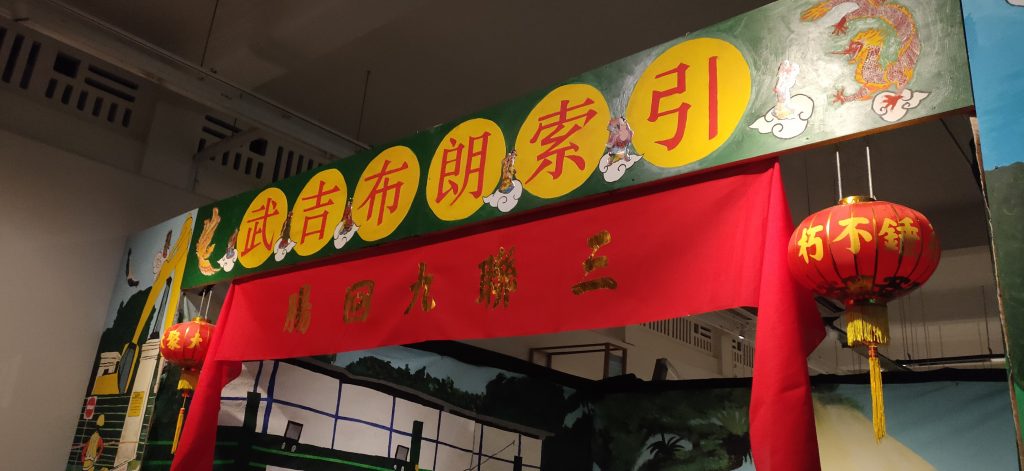
The meat of the story is literally in the content of the work. The three part video performance, taking on the perspectives of the ‘Ghost,’ ‘Activist’ and ‘Bureaucrat’. It depicts the struggle of space in Singapore through moral contradictions of the three characters and their relationship with each other. The choice for implementing the virtual reality setting was to “trap the spectators and performers within this ‘unseen’ tragicomedy where they ‘are condemned’ to watch and perform this act endlessly.” When you enter the virtual space, you are sat in within an ‘ghost’ audience as everyone is wearing a opera mask. “Unknowingly we all become victims to the priorities embedded in the grammar of the city.”
Reference:
https://www.singaporebiennale.org/art/post-museum